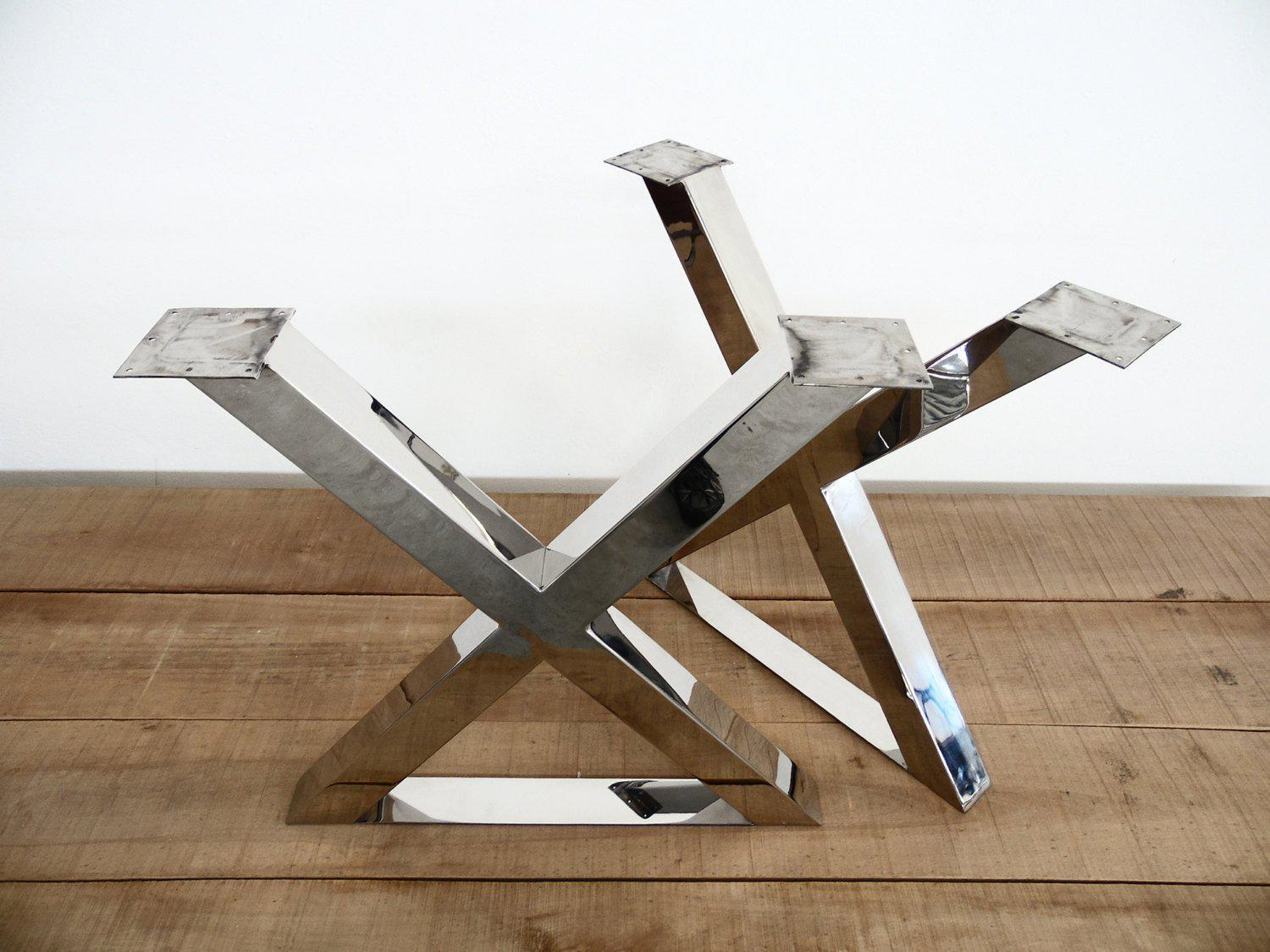Update Your Furnishings with Fashionable Dining Room Table Legs
Update Your Furnishings with Fashionable Dining Room Table Legs
Blog Article
A Thorough Check Out Table Leg Styles: Finding the Suitable Suit
Selecting the appropriate eating table leg design is essential for both aesthetic charm and practical functionality. Traditional four legs supply ageless sophistication and security, while the stand base gives raised legroom and a modern appearance. For those with larger tables, trestle legs guarantee strong support, whereas barrette legs present a mid-century modern-day ambiance with their minimalist style. The x-shaped legs blend modern style with enhanced stability. Each of these choices brings unique benefits, making the choice extra than just an issue of preference. Discover further to find which design flawlessly matches your dining space and lifestyle.
Conventional Four Legs
Among the different sorts of table leg designs, the typical four-leg style stays a timeless option for many households. This timeless setup supplies an unified blend of performance and visual appeals, making it a perennial favorite. Four legs offer balanced support, making certain the table stays secure and qualified of birthing substantial weight. This is particularly helpful for families that often organize large events or use their dining table for several functions, such as work or crafting.
From a visual viewpoint, the typical four-leg style can be conveniently adjusted to different interior styles. Whether crafted from wood, metal, or a combination of materials, these legs can be elaborately sculpted, smooth and minimalistic, or anything in between. Their adaptability allows them to enhance both rustic and modern setups effortlessly.
Moreover, the uncomplicated structure of the four-leg style helps with simplicity of movement and placement within a room. Unlike even more facility bases, this design decreases blockages, offering ample legroom for diners. In summary, the typical four-leg table leg design marries withstanding style with sensible capability, making it an astute selection for those seeking both form and feature in their eating furniture.
Pedestal Base
Often celebrated for its elegant and space-efficient style, the pedestal base is a prominent alternative to the standard four-leg configuration in dining table leg styles. Without edge legs, restaurants are afforded higher freedom of activity, making it a perfect choice for round and oval tables that promote even more intimate and inclusive events.
The main column itself provides a canvas for complex designs and imaginative expressions, including an element of visual interest beneath the table. In recap, the pedestal base incorporates functionality with design, making it an improved and sensible option for varied dining environments.
Trestle Legs
Trestle legs give a robust and ageless foundation for dining tables, identified by their straight cross-bracing and tough assistance light beams. Stemming from medieval times, this design has developed yet kept its important framework, making it a seasonal favorite in both typical and contemporary setups. The central trestle beam of light, frequently supported by two or even more vertical posts, provides remarkable security, enabling larger table lengths without the demand for extra legs.
A substantial advantage of trestle leg tables is the enough legroom they provide. Unlike tables with four corner legs, the absence of blockages at the table's sides gives unblocked area for chairs and diners, boosting comfort and accessibility. This makes trestle tables suitable for suiting bigger gatherings, whether in a dining space or a reception hall.
From rustic farmhouse their website to smooth contemporary layouts, trestle legs can be customized to match private tastes. Their enduring allure and functional advantages make trestle legs a compelling selection for those looking for both design and practicality in their eating table.
Hairpin Legs

The charm of barrette legs hinges on their simpleness and adaptability - dining room table legs. Available in look at this now a variety of products, consisting of steel and brass, they can be completed in many shades to complement different indoor styles. Whether combined with a rustic wooden tabletop or a modern glass surface, hairpin legs easily mix performance with a touch of vintage beauty
Longevity is one more notable attribute of hairpin legs. Despite their delicate look, these legs are crafted to bear considerable weight, ensuring the table remains steady and protected. In addition, they are relatively simple to mount, making them a popular choice for do it yourself fanatics and expert furnishings makers alike.
X-Shaped Legs

Constructed from materials such as steel, timber, or a combination of both, X-shaped legs can be customized to match various style preferences. Steel legs commonly lend a sleek and commercial feeling, ideal for loft-style apartment or condos and modern dining spaces. On the other hand, wood X-shaped legs provide a warmer, more rustic allure, appropriate for farmhouse or eclectic insides. The versatility in products enables homeowners to customize their eating tables to much better fit their total design scheme.
In addition, the design behind X-shaped legs guarantees even weight distribution, reducing the risk of wobbling and enhancing sturdiness. This makes them especially fit for bigger table that need extra support. Basically, X-shaped legs blend useful design with contemporary appearances, making them a timeless selection for varied eating atmospheres.
Final Thought
A detailed understanding of eating table leg styles reveals the distinct characteristics and advantages of each layout. Standard 4 legs offer security and classic charm, while pedestal bases provide legroom and a structured look. Trestle legs ensure robust support for larger tables, and barrette legs introduce a mid-century modern visual. X-shaped legs incorporate contemporary style with improved stability. Picking the proper leg style ensures both useful and aesthetic satisfaction in any kind of eating space.
Report this page